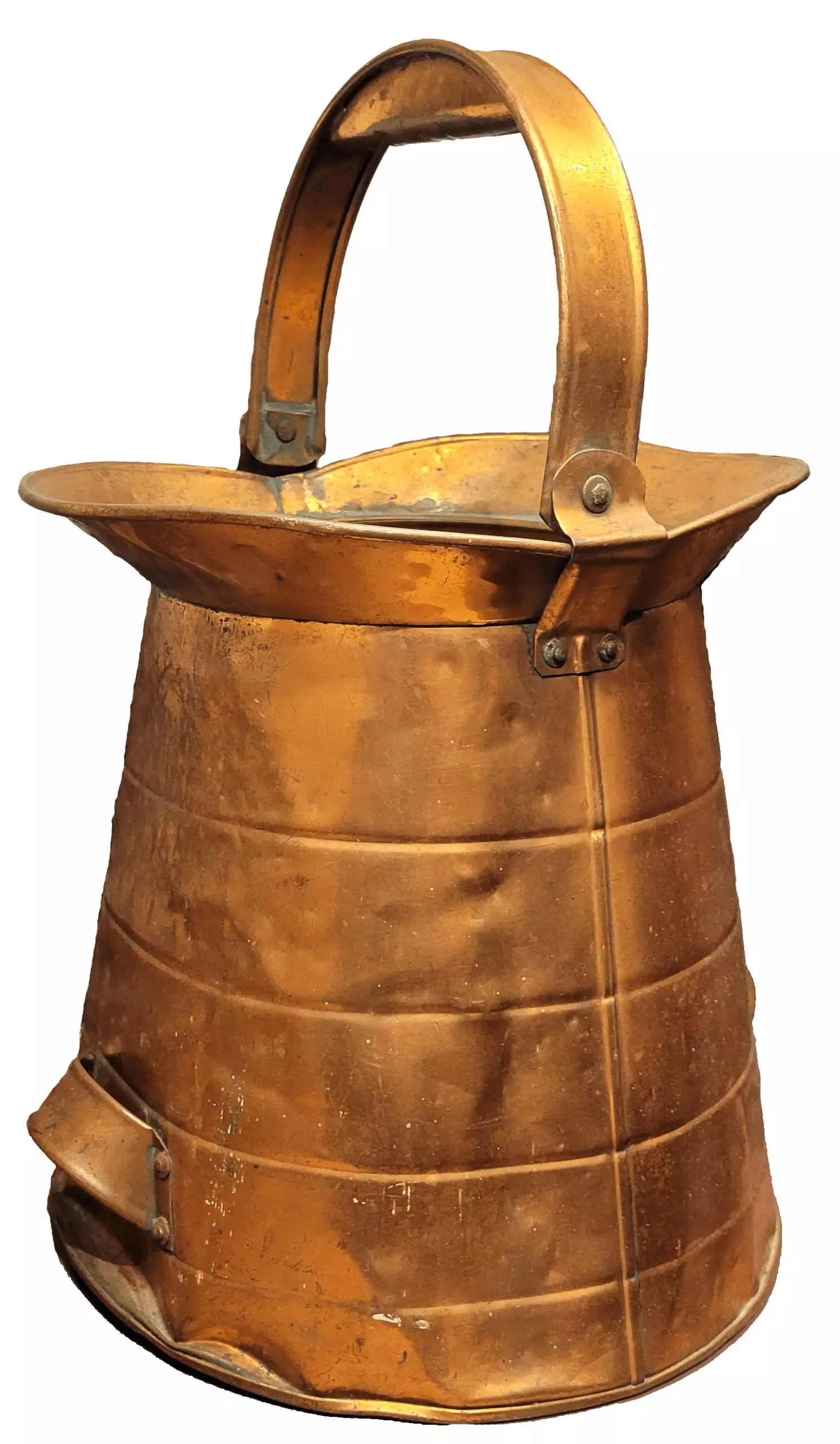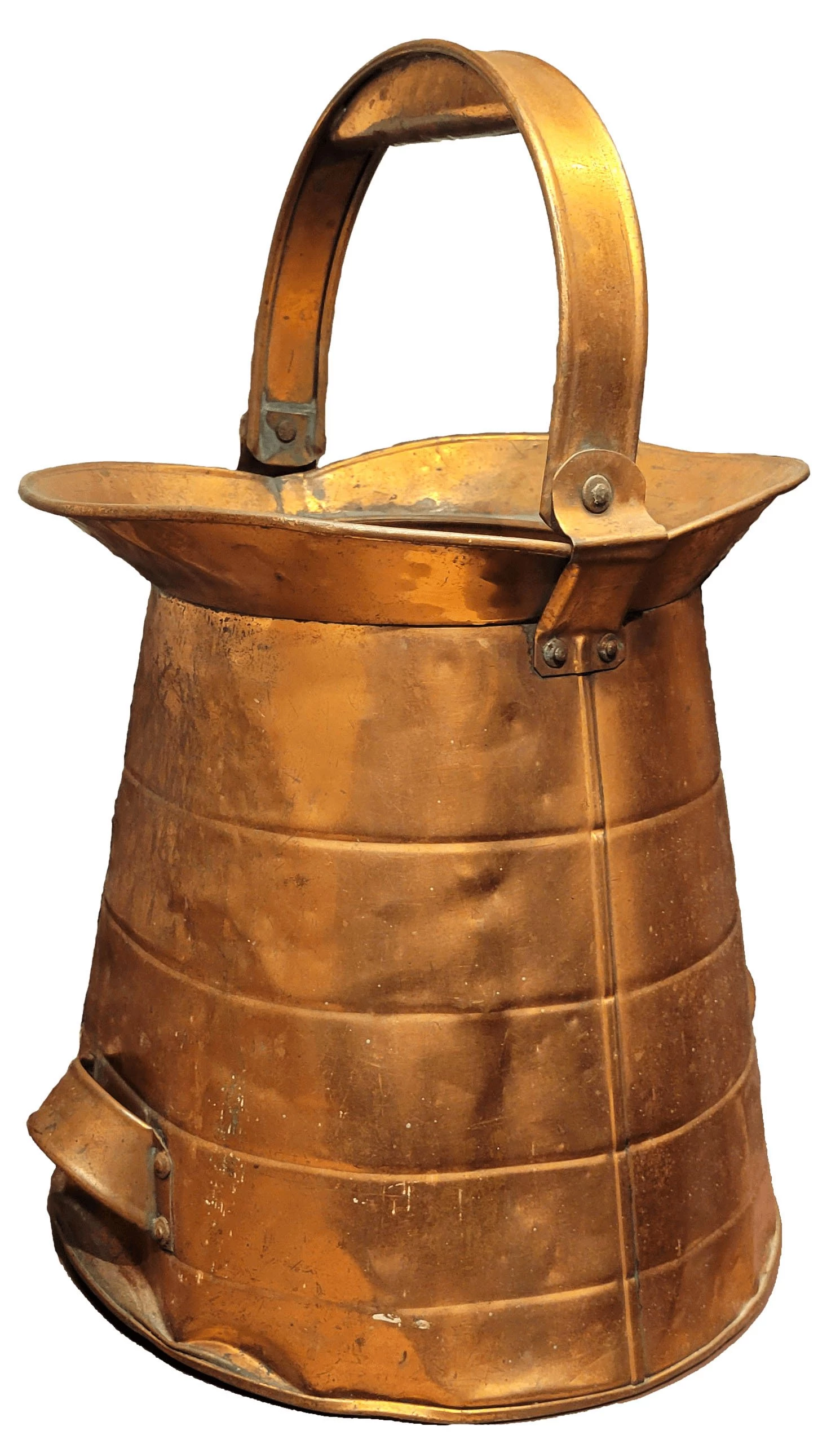Providing Services
A growing population meant a greater demand for service jobs.Featuring:Ellen “Nellie" Skinner Reiner Flynn, (1873 – 1954), worker at Model LaundryIn 1895 Ellen “Nellie Skinner Reiner Flynn (1873-1954) took a job at the new Model Laundry in downtown Bloomington. There she sorted clothing into loads to be washed.
After it had been cleaned, dried, and ironed Nellie sorted the clothing again, so items could be returned to the correct client. It was hard, hot work, but there were other young ladies working with her, including Miss Tena Salzman, who worked as a starcher, and Miss Emma Schultz, who worked as an ironer. The three of them could chat as they did their tasks, making the work day go much faster.
Nellie had been at the Model Laundry nearly six years when disaster struck. Just after midnight on June 19, 1900, a fire broke out in the laundry that quickly consumed the building. The fire, fueled by the wind and flying embers, spread to adjacent wood buildings and continued to grow. By dawn 45 buildings and 5-1/2 blocks of the city, including its stately courthouse, had been reduced to little more than smoking rubble. Nellie was without a job.
Aided by the Peoria and Springfield fire departments, who had loaded their equipment onto train cars to get it to Bloomington, the last blaze was extinguished a little before 8 a.m.
The Model Laundry rebuilt. When it opened in 1901, Nellie was rehired to work as a cashier.
Nellie married in 1902, but continued to work — except to take time off to have two children. By the time she retired in 1942, she had put in 40 years with the company in a variety of positions, including, bookkeeper.
 Making a Home
Making a Home
 A Community in Conflict
A Community in Conflict
 Working for a Living
Working for a Living
 Farming in the Great Corn Belt
Farming in the Great Corn Belt
 Abraham Lincoln in McLean County
Abraham Lincoln in McLean County







